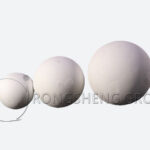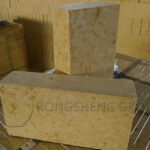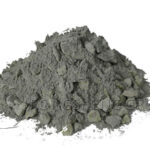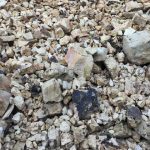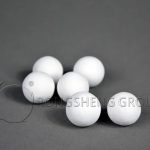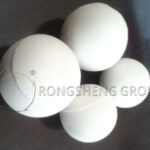When I asked AI, “What is tabular alumina?” its answer was:
Tabular alumina is a high-purity aluminum oxide material with the following characteristics:
- High purity: Al2O3 content exceeds 99%, with almost no impurities.
- Crystal structure: It has a well-developed α-Al2O3 crystal structure, the α-Al2O3 crystals are coarse, and the median diameter is mostly 40~200μm.
- Porosity characteristics: There are many 5~15μm circular closed pores in the crystal, and there are fewer open pores, generally 2%~3%.
- Physical properties:
-
- The melting point is as high as about 2040℃.
- The grain hardness is large, the Mohs hardness is 9, and the Knoop hardness is 2000.
- Resistant to chemical corrosion, except for hydrofluoric acid and phosphoric acid, most alkalis and mineral acids have no effect on tabular alumina.
- High strength, the strength does not drop much when subjected to thermal shock, and the thermal shock stability is good.
- High thermal conductivity and high resistivity, with good electrical properties at high frequency and high temperature.
Tabular Alumina is mainly used for refractory materials, such as refractory bricks and amorphous refractory materials. It is widely used in steel, casting, ceramics, and other industries.
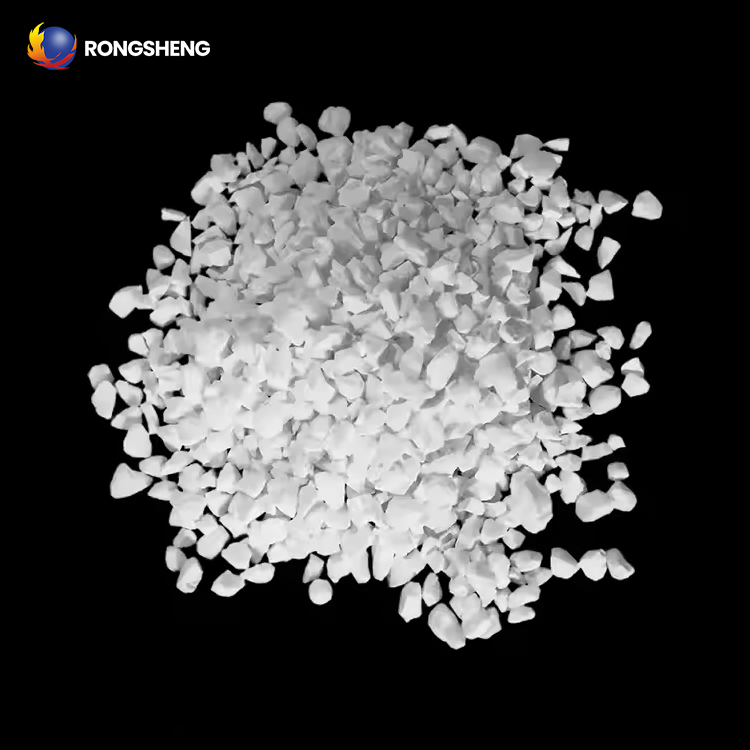
As a professional refractory manufacturer, RS High Alumina Refractory Manufacturer has a more detailed answer.
What is Tabular Alumina?
Tabular alumina is also known as tabular corundum in China. It is a pure sintered alumina that is completely sintered without any additives such as MgO and B2O3. It has a coarse crystal and a well-developed α-Al2O3 crystal structure. Since it is sintered at a temperature slightly lower than 2035℃, close to the melting point of Al2O3, the Al2O3 has been transformed into corundum α-Al2O3. It is called “tabular alumina” because this material is composed of hexagonal tabular α-Al2O3 crystals with a median diameter of 40 to 200μm. During rapid sintering, the coarse crystals formed by submicron-sized α-Al2O3 crystals contain closed spherical pores, which make tabular alumina have excellent heating volume stability and good thermal shock resistance.
The application of tabular alumina as a large-scale refractory aggregate began in the mid-1950s, when new refractory binders were developed, such as high-purity calcium aluminate cement and phosphate binders. The application of these binders greatly improves the erosion resistance and wear resistance of Tabular Alumina refractory materials.
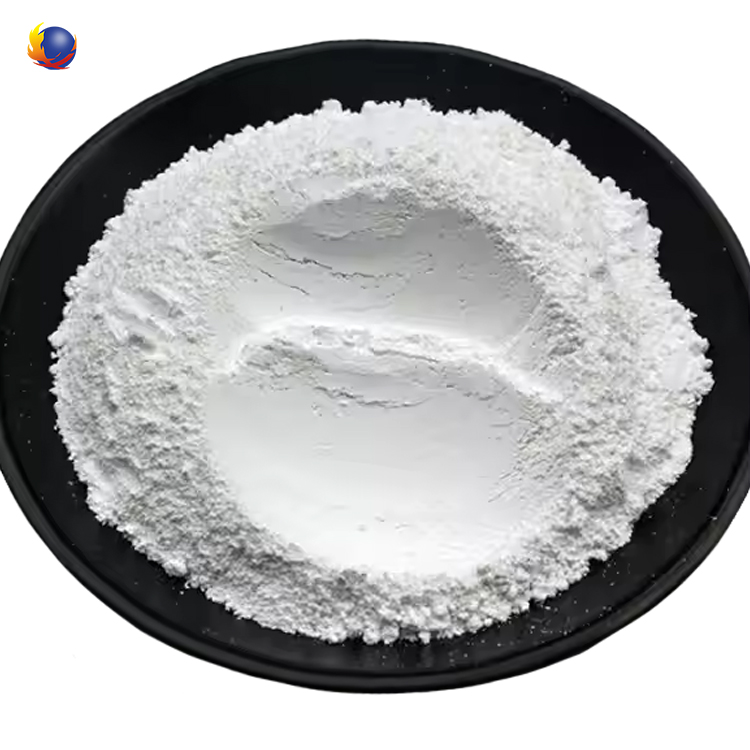
Characteristics of Tabular Alumina
Ordinary sintered alumina is generally fired in a rotary kiln or tunnel transport. Due to temperature restrictions, a small amount of sintering promoters such as MgO and CaO are usually added to promote its density. Therefore, the porosity of ordinary sintered alumina is low, and the crystals are fine and dense, resulting in poor thermal shock resistance.
Tabular Alumina is a recrystallized α-Al2O3 that is sintered quickly and thoroughly at a high temperature above 1900℃. It does not contain any additives and has the following microstructure characteristics:
- ① It is composed of well-developed α-Al2O3 crystals;
- ② The α-Al2O3 crystals are coarse, with a median diameter of 40~200μm, and its two-dimensional crystal morphology is flat and interlaced;
- ③ The α-Al2O3 crystals contain many 5~15μm circular closed pores; while the open pores are relatively few, generally 2%~3%;
- ④ Due to the presence of α-Al2O3 crystals (about 0.16%), there is β-Al2O3 in the structure, but all of them grow at the grain boundaries of α-Al2O3 crystals.
Due to the above structural characteristics of Tabular Alumina, it has the same physical properties as AI answered.
Typical properties of Tabular Alumina. Tabular Alumina is mostly used as a refractory aggregate, and is also used as an additive to enter the matrix. When combined with other refractory raw materials, it has the following advantages: high refractoriness; high heat load strength; small creep; high density; low permeability; good thermal shock stability and wear resistance; low thermal shrinkage; high purity, reducing the impact of impurities on the high-temperature performance of the material.
Application of Tabular Alumina in refractory materials for the steel industry
Due to a series of properties of Tabular Alumina, it becomes an ideal refractory raw material. It can be used as an aggregate in refractory materials such as Al2O3-C, Al2O3-SiO2-C, and Al2O3-Cr2O3, and can also be added to other high-alumina amorphous refractory materials. Tabular Alumina amorphous refractory materials bonded with phosphate and calcium aluminate cement are widely used. All parts where fused corundum or white corundum is used can be replaced by Tabular Alumina to improve the performance of refractory materials.
The application of Tabular Alumina in the steel industry includes almost all parts where alumina refractory materials are used, from blast furnaces, hot blast furnaces, mixing iron furnaces, fish tanks to converters, secondary refining furnaces, mold casting and continuous casting ladle, tundish, soaking furnaces, and heating furnaces.
Comparison between sintered tabular corundum and fused corundum
Fused corundum is generally used for refractory materials, such as white corundum, sub-white corundum, and brown corundum. It is mainly made of alumina or bauxite as raw materials. The main differences between sintered tabular corundum and fused corundum are as follows:
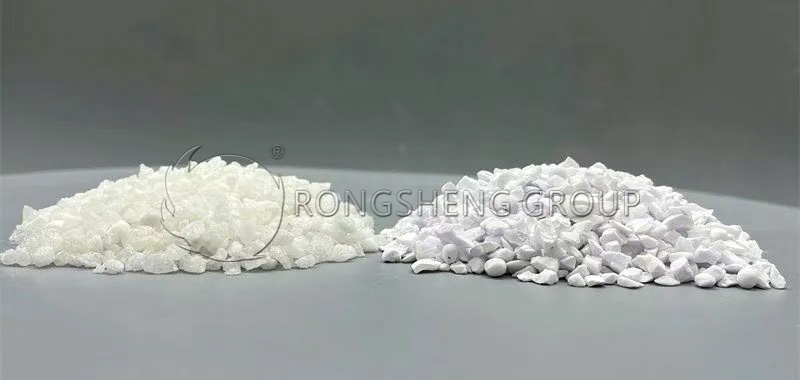
Sintered tabular corundum has low impurity content and is evenly distributed, while fused corundum has high impurity content and is unevenly distributed. Sintered tabular corundum uses high-purity industrial alumina as raw material, and no additives are added during the production process. Except for a small amount of mechanical iron entering during crushing (iron can be removed by a magnetic separator), other impurities such as iron, silicon, and sodium are trace amounts. Iron and carbon need to be added as additives during the production of fused corundum, and the impurity content of iron, carbon, silicon, sodium, etc., is much higher than that of sintered tabular corundum. At the same time, due to the different cooling speeds of different parts during the cooling of the fused corundum molten block, the impurity content of different parts is different. Therefore, fused corundum emphasizes strict selection, while sintered tabular corundum does not need to be selected.
Sintered tabular corundum has better thermal shock and spalling resistance than fused corundum. Sintered tabular corundum has better thermal shock and spalling resistance because it has a certain number of closed pores. Spherical closed pores can effectively resist thermal shock and prevent the spread of cracks. However, fused corundum has more open pores and fewer closed pores, and it forms larger single crystals during a slower cooling process. These single crystals produce microcracks during the crushing process, thereby reducing the thermal shock and spalling resistance.
The production process of sintered tabular corundum is far more energy-efficient and environmentally friendly than fused corundum. Fused corundum production is a well-known high-energy consumer. Each ton of fused corundum consumes 2300-3300 degrees of electricity, while the comprehensive energy consumption of sintered tabular corundum is only one-seventh to one-tenth of that of fused corundum. A large amount of waste gas and waste slag are emitted during the production process of fused corundum, while the production of sintered tabular corundum uses natural gas as a heat source. In addition to the carbon dioxide emissions in natural gas, there are no other waste gas and waste slag emissions.

